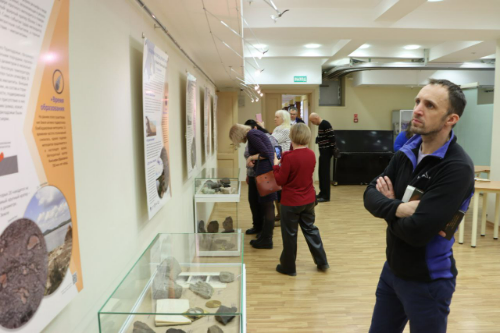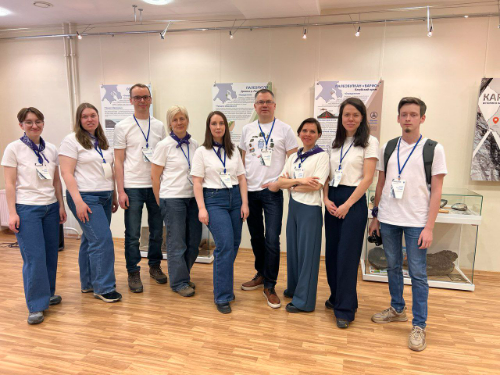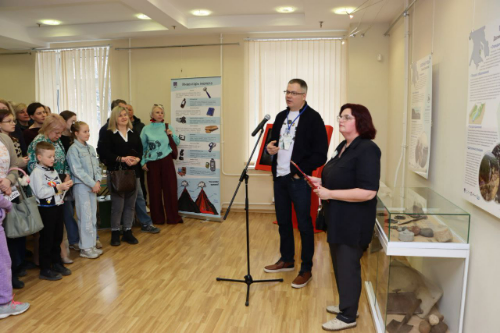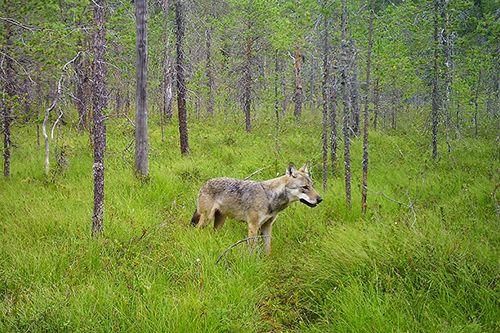- The previous exhibition received great feedback from both children and adults. We decided to do it again, having changed the theme. The new exhibition is about geological sites and destinations. It is a lead to the history of our region through Karelian destinations but from the perspective of the Earth's global evolution, - said Sergey Svetov, Director of the Institute of Geology KarRC RAS, explaining the concept.
The exhibition includes several display stands devoted to sites located in Karelia and revealing one of the chapters in the geological history of Karelia. Lava rock specimens are exhibited at the stand on the Vario paleovolcano at the Yalgora site, stromatolites found near Sundozero in the Kondopoga District show the booming of algae colonies in the ocean that used to cover the territory of modern Karelia, and stands dedicated to the Lososinka River channel show the traces left by the retreating glacier. Each of these destinations can be visited in person by going on a “weekend tour” or can even be reached by foot. For your convenience, the Institute of Geology has previously produced the “Geological Heritage of Karelia” guidebook.

Visitors in the exhibition
In addition to exploring the exhibition, the visitors could take part in master classes - learn more about minerals by examining them through a microscope, find out how to use a flashlight to locate unusual stones in the Karelian forest, and even see a fossilized body of the ancestor of modern squids. The master classes sparked great interest among the younger generation, while adults learned a lot from the lecture “Karelia: History in Stone” given by Sergey Svetov, Doctor of Geology and Mineralogy.

PhD. of Geology and Mineralogy Alexandra Stepanova giving a master class
The master classes and lectures will be held at the National Library until April 27. The events are free to attend, with prior registration required for the master classes.

Exhibition organizers – staff of the Institute of Geology KarRC RAS
The exhibition is organized within the project “Stone Chronicles of Karelia”, supported by the Grant Fund of the Head of the Republic of Karelia (12+).










